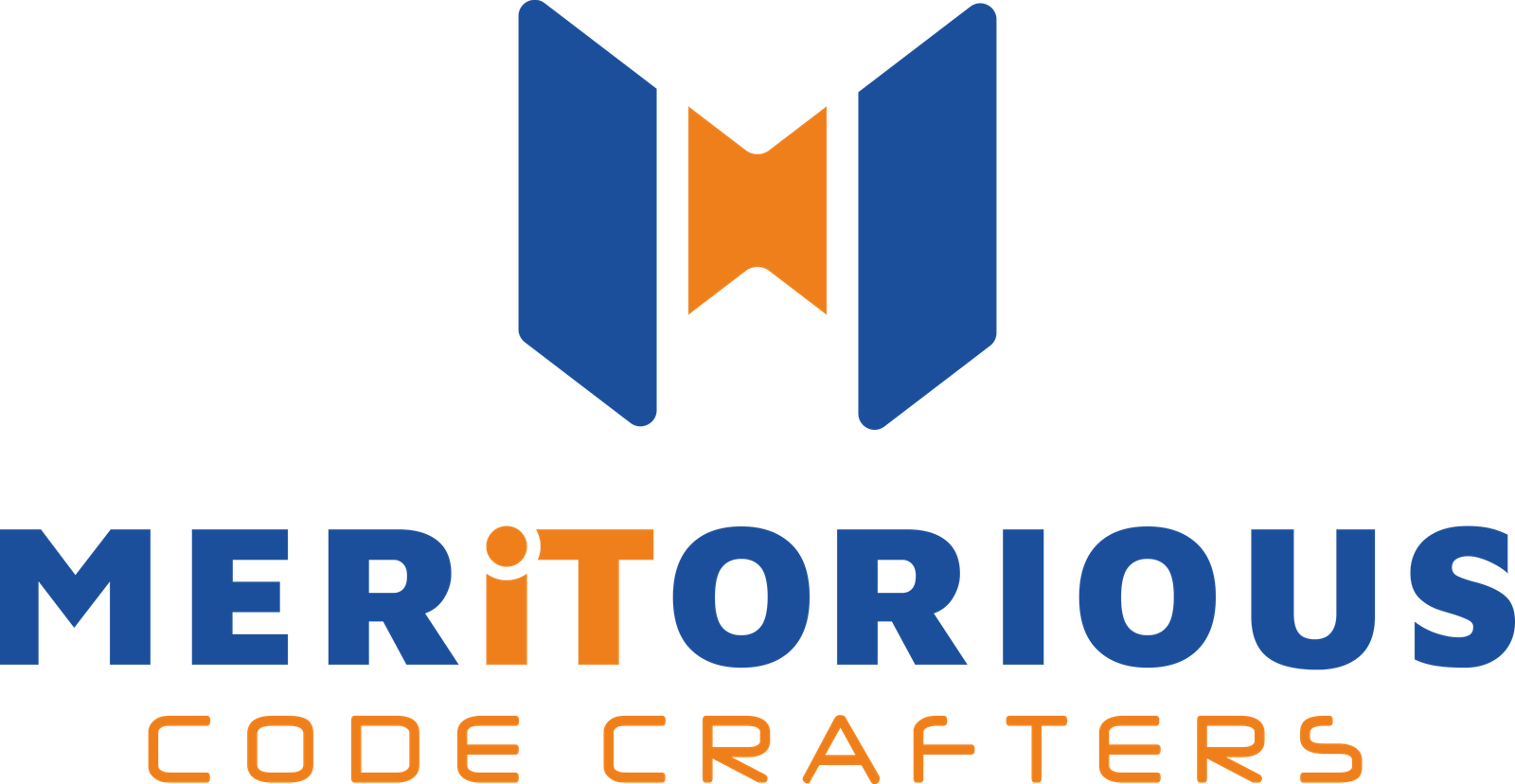what is? Web 3.0 is the next big thing in the digital world. It represents a new era of the internet. This evolution focuses on decentralization and user empowerment. Unlike its predecessors, Web 3.0 is not controlled by a few large entities. Instead, it aims to give control back to the users. This shift is made possible by blockchain technology.
Blockchain is the backbone of Web 3.0. It ensures secure and transparent transactions. This technology empowers users and enhances privacy.
Decentralized applications, or dApps, are a key feature of Web 3.0. They operate without intermediaries, offering more freedom and control. Smart contracts automate agreements, reducing the need for third parties.
Web 3.0 promises to revolutionize industries. It could transform finance, healthcare, and more. The potential impact is vast and exciting.
As we move into this new era, understanding Web 3.0 is crucial. It holds the promise of a more equitable digital future.
Web 3.0 Definition: The Decentralized Internet
The internet has undergone significant transformation over the years. Initially, Web 1.0 was the beginning of the online world. It was a static and read-only web.
Web 1.0 was limited in interactivity and user control. Users mainly consumed content rather than contributing. Websites were simple, with limited functionality.
Then came Web 2.0, which brought dynamic interaction. This version allowed users to create and share content. Platforms like social media and blogs flourished.
Web 2.0, though interactive, remained centralized. Large companies controlled much of the data and platforms. This led to concerns over privacy and data control.
Now, Web 3.0 emerges, focusing on decentralization. It aims to resolve issues faced in the previous versions. Key differences include:
- Enhanced user control over data
- Decentralized applications and services
- Blockchain-enabled security and transparency
Web 3.0 promises a user-centric internet. It seeks to empower and protect users in a way never seen before. This evolution is reshaping the digital landscape.
Web 1.0 (1990s-early 2000s): The Static Web
Web 1.0 was essentially a giant digital library. Websites were static HTML pages that displayed information, much like digital brochures or newspapers. Users were purely consumers – they could read content but had limited ability to interact or contribute. Think of early Yahoo directories, basic company websites, or personal home pages with visitor counters. The web was “read-only” for most people.
Web 2.0 (2000s-2010s): The Social Web
Web 2.0 transformed users from passive consumers to active participants. This era introduced social media, blogs, wikis, and user-generated content platforms. The web became “read-write” as people could easily create, share, and collaborate online. Companies like Facebook, YouTube, Twitter, and Wikipedia exemplified this participatory model.
Web 3.0 (2010s-present): The Semantic and Decentralized Web
Web 3.0 is still evolving but encompasses two major trends: the semantic web and decentralization. The semantic web focuses on making data machine-readable so computers can better understand and process information. Meanwhile, blockchain technology enables decentralized applications where users can own their data and digital assets rather than relying on centralized platforms.
Key Features of Web 3.0
Web 3.0 introduces a paradigm where users hold greater control over their online presence. This new internet version is built on revolutionary technology. It reshapes how people interact, transact, and share information online.
One key feature is decentralization. Web 3.0 distributes data and services across networks rather than central points. This reduces the influence of single entities and increases system resilience.
Privacy and security are paramount in Web 3.0. Users can safeguard their data, choosing what to share and with whom. This ensures that personal information remains in the user’s hands.
Another significant aspect is interoperability. Different applications and platforms can work together effortlessly. This cooperation allows users to benefit from a seamless digital experience.
Enhanced personalization is part of Web 3.0’s DNA. The internet can tailor content and services to individual preferences. This capability is powered by advanced AI and machine learning algorithms.
Smart contracts play a crucial role in Web 3.0. They automate and enforce agreements without third-party intervention. This automation ensures transparency and efficiency. Here are some foundational elements of Web 3.0:
- Decentralized applications (dApps)
- Blockchain infrastructure
In essence, Web 3.0 aims to create an internet that is more user-centric and transparent. It opens doors for more equitable digital interactions. The potential for transformative impacts across industries is substantial.
Web 3.0 and Blockchain
Web 3.0 is founded on decentralization, which relies heavily on blockchain technology. This foundation allows for a more open and democratic internet. In Web 3.0, users gain control, moving away from centralized powerhouses.
Blockchain is pivotal to this shift. It stores data across multiple nodes, ensuring no single point of failure. Transactions and data storage are secure and transparent. This creates trust without the need for centralized authorities.
Unlike traditional databases, blockchain is immutable and publicly accessible. It logs each transaction, offering accountability and reliability. This transparency is a hallmark of the decentralized web.
Web 3.0 leverages blockchain to support various digital assets and currencies. Cryptocurrencies empower users to engage in decentralized finance (DeFi) with ease. Digital ownership becomes a user-focused experience.
The implementation of smart contracts is another blockchain benefit in Web 3.0. These self-executing contracts depend on blockchain for security and accuracy. They automate processes, ensuring fairness and efficiency.
Key components of Web 3.0’s blockchain foundation include:
- Distributed ledger technology
- Smart contracts
- Cryptocurrencies
By integrating blockchain, Web 3.0 offers a resilient and user-empowering internet. It aligns with the vision of a decentralized web where users reign supreme. This technological shift paves the way for numerous innovations and applications.
How Blockchain Empowers Web 3.0
Blockchain technology is the driving force behind Web 3.0. It redefines how data and transactions are handled in the digital space. With blockchain, data becomes both secure and decentralized.
This shift in data handling transforms user interaction on the web. Blockchain ensures data integrity, making fraud nearly impossible. Users can trust the data’s authenticity without a central authority.
Smart contracts are integral to this transformation. They automatically execute agreements, reducing the need for middlemen. This leads to more efficient, cost-effective transactions.
Cryptocurrencies, built on blockchain, facilitate digital finance in Web 3.0. Users can engage in transactions that are fast and borderless. These digital currencies enable innovations like decentralized finance (DeFi).
Blockchain’s empowerment of Web 3.0 is evident in several areas:
- Enhanced security and transparency
- Self-executing contracts
- Cost reduction in digital transactions
In essence, blockchain empowers Web 3.0 by offering a safer, more user-centric internet experience.
Decentralized Applications (dApps) and Smart Contracts
Decentralized applications, or dApps, are a cornerstone of Web 3.0. Unlike conventional apps, they operate without a central authority. This attribute offers users autonomy and control over their data.
Smart contracts run on these decentralized platforms. They execute predefined actions automatically when specific conditions are met. This eliminates the need for intermediaries and speeds up processes.
The synergy between dApps and smart contracts creates innovative solutions. They allow people to manage assets, make transactions, and engage with content securely. This approach enhances transparency and efficiency.
Key aspects of dApps and smart contracts include:
- Independence from centralized control
- Automation of processes through smart contracts
- Increased trust and transparency in transactions
By using dApps and smart contracts, users can interact in novel ways, fostering a decentralized ecosystem. This represents a shift toward a more user-centric internet.
Cryptocurrencies and Digital Ownership peer to peer network
Cryptocurrencies play a pivotal role in Web 3.0. They enable users to exchange value in a decentralized manner. This shift reduces reliance on traditional banks.
Digital ownership is another critical aspect. Users can own digital assets securely with blockchain technology. This ownership extends to both fungible and non-fungible tokens (NFTs) peer to peer network.
NFTs represent unique digital properties. They verify ownership and authenticity of digital items such as art or collectibles. This gives creators new ways to monetize their work.
The impact of cryptocurrencies and digital ownership includes:
- Enhanced financial independence
- Secure asset management through blockchain
- New revenue streams for digital creators
Web 3.0’s integration of cryptocurrencies and digital ownership transforms how people engage with digital content. It paves the way for a decentralized, user-driven economy.
The Semantic Web, AI, and Machine Learning in Web 3.0
The Semantic Web aims to create a more intelligent internet. It enables machines to understand and interpret data contextually. This enhances how data is processed and utilized online.
Artificial Intelligence (AI) plays a vital role in Web 3.0. It allows systems to learn and adapt, offering users more personalized experiences. AI helps streamline processes by automating complex tasks.
Machine Learning further bolsters Web 3.0’s capabilities. It aids in processing vast data sets to uncover patterns and insights. This enhances decision-making and predictive analytics.
Key aspects of the Semantic Web, AI, and Machine Learning in Web 3.0 include:
- Improved data interoperability
- Personalized user experiences through AI
- Efficient data processing with machine learning
These advancements drive innovation, making the internet smarter and more user-friendly. They provide the foundation for next-generation digital experiences.
Decentralized Finance (DeFi) and DAOs
Decentralized Finance (DeFi) reshapes traditional financial systems by removing intermediaries. It offers services like lending and borrowing through blockchain networks. This allows users more control and flexibility over their financial activities.
Decentralized Autonomous Organizations (DAOs) are a new model for governance. They operate without centralized control, using smart contracts for decision-making. Members participate by voting on proposals, ensuring democratic processes.
Together, DeFi and DAOs create a more inclusive financial ecosystem. They challenge conventional methods and provide open access to financial tools. These innovations have widespread implications for global finance.
Key components of DeFi and DAOs include:
- Trustless financial transactions
- Transparent governance through smart contracts
- Increased accessibility for users worldwide
These developments make finance more accessible and democratic. As a result, they empower individuals and communities, fostering economic growth and innovation.
Real-World Applications and Industry Impact
Web 3.0 is transforming various industries through its innovative applications. It enables secure and transparent transactions, fostering trust among users. This shift is noticeable in sectors like finance, healthcare, and supply chain.
In the finance industry, DeFi platforms offer alternatives to traditional banking services. They allow peer-to-peer transactions without third-party involvement. This reduces costs and increases efficiency in financial operations.
Healthcare benefits from Web 3.0 by securing patient data. Blockchain technology ensures data integrity and privacy. Medical records are easily accessible but remain safe from unauthorized access.
The supply chain sector leverages Web 3.0 for better transparency and traceability. Companies can track goods from origin to destination, ensuring authenticity and quality. This enhances consumer trust and minimizes the risk of fraud.
Key real-world impacts include:
- Enhanced data security
- Reduced operational costs
- Increased transparency and trust across industries
Benefits of Web 3.0: Privacy, Security, and User Empowerment
Web 3.0 offers significant benefits that enhance user experience and control. Privacy is a major advantage, with decentralized platforms reducing data leaks. Users can interact online while maintaining control over their personal information.
Security is another vital feature of Web 3.0. With blockchain’s immutable nature, data breaches are minimized. Users can trust that their information remains unaltered and protected from malicious attacks.
Empowerment is central to Web 3.0, providing users with more control than ever. They decide who accesses their data and how it is used. This empowerment fuels innovation and broadens digital participation.
Key benefits include:
- Greater privacy controls
- Enhanced data security
- Increased user autonomy and empowerment
Challenges and Limitations of Web 3.0
Despite its potential, Web 3.0 faces several challenges. Many people find decentralized systems complex and challenging to adopt. Understanding and using these technologies require significant learning.
Scalability is another major concern. Web 3.0 services must operate efficiently as user numbers grow. Ensuring smooth operations without sacrificing speed is crucial.
Regulatory issues also pose limitations. Decentralized platforms often face unclear legal guidelines. This creates uncertainty for developers and users alike.
Several challenges include:
- User adoption and complexity
- Scalability and performance issues
- Regulatory and compliance uncertainties
The Future of the Internet: Opportunities and Outlook
The future of the internet with Web 3.0 looks promising and transformative. This advancement can lead to a more equitable digital space. Users will have greater control over their data.
Web 3.0 offers numerous opportunities for innovation. Businesses can explore new models without relying on middlemen. This change encourages creativity and entrepreneurship.
The integration of AI and machine learning stands out in Web 3.0. These technologies promise highly personalized digital experiences. Interactions will become more intuitive and efficient.
Key opportunities include:
- Enhanced data privacy and user control
- New business models and markets
- Improved AI-driven user experiences
The outlook for Web 3.0 is bright but requires overcoming existing challenges. Collaboration between developers, companies, and policymakers is crucial. This cooperation will unlock Web 3.0’s full potential.
Conclusion: Why Web 3.0 Matters
Web 3.0 represents a crucial evolution in the digital age. It focuses on decentralization, aiming to shift power to individuals. This change emphasizes user control and data privacy.
Blockchain is pivotal to this transformation. By offering transparency and security, it forms Web 3.0’s backbone. This tech enables trustless interactions.
The potential impacts span various sectors. From finance to content creation, industries stand to be transformed. Web 3.0 signifies a more democratic and open internet future.
Do you want your business to undergo digital transformation? Speak with our experienced staff or request an estimate.





